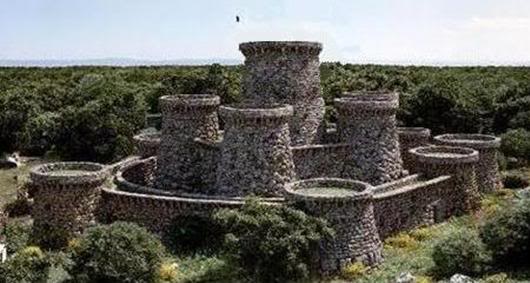++++++++++++++++++++++++++++++++++++
ITALY CENTERED
(Corsica, Sardinia, Italian penninsula, Sicily & Malta)
++++++++++++++++++++++++++++++++++++

| LORDS OF THE EARTH 38 - THE DAWN OF CIVILIZATION | |
| Newsfax Turn: #4 ( 2115 - 2111 BC ) | |
| August 18, 2015 |
|
Italy Centered
Aegean Sea Centered Greater Nile Valley Greater Levant Greater Mesopotamia |
Oxus Valley
Indus Valley Ganges Valley Southern India Irrawaddy Valley |
 |
During an excursion on the Nile to escape the heat (and with the fate of the previous Thebean heir in mind, taking care to avoid any hippopotami) the kings' lavish (and quite overloaded) diplomatic/feasting/party barge ran aground on an unexpected sandbar, tilted and began sinking. From the tall reeds along either bank came the splashing of crocodiles. All the pricipals made it safely to an accompanying galley except for Anktoy who despite Nekhbet's efforts went over the side and joined a number of oarsmen, servants and courtesans in a red foaming froth of frenzied feasting reptiles. Apparently the king hadn't gotten around to properly sacrificing to Heryshef, who was god of rivers and waters. Or maybe he was pushed. |